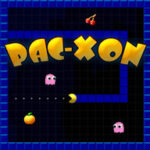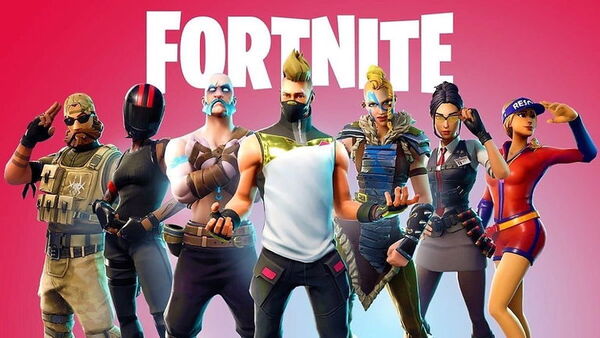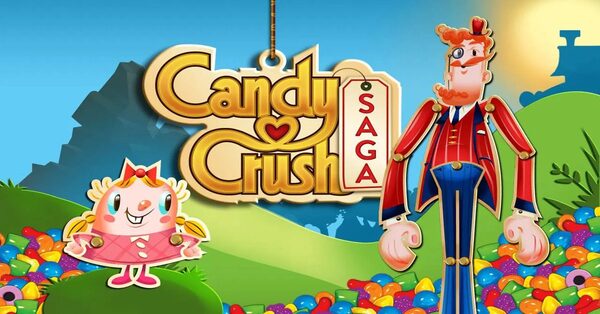Genshin Impact: A Living, Breathing Fantasy World That Redefines Free-to-Play
From the moment Genshin Impact launched in late 2020, it took the world by storm. Developed by miHoYo (now HoYoverse), the game offered a massive open world, visually stunning environments, and deep RPG mechanics — all for free. Years later, it continues to evolve, adding new regions, characters, and story arcs that consistently draw millions of players back. In this article, we will explore the journey of Genshin Impact from its ambitious beginnings to its status as one of the most influential gacha RPGs of the modern era.
The Birth of Genshin Impact: From Concept to Controversy
Initially, Genshin Impact received a mixed reception. Many players accused it of copying elements from Breath of the Wild, particularly in terms of art style, stamina systems, and exploration. However, as development progressed, it became clear that Genshin wasn’t a clone — it was a bold, hybrid creation. With inspirations rooted in Chinese mythology, anime visuals, and a gacha system for character acquisition, it slowly carved out its own identity.
Importantly, the game was designed with cross-platform play in mind. Whether on PC, mobile, or console, players could jump into Teyvat without restriction. This accessibility was a key factor in the game’s meteoric rise.
Initial Launch Success and Player Reception
Upon its release, Genshin Impact quickly became one of the most downloaded mobile games globally. The initial region, Mondstadt, was full of quests, secrets, and a vibrant cast of characters. Alongside this, the game's gacha mechanic, while controversial, was incredibly well-implemented. Characters like Diluc, Venti, and Fischl became immediate fan favorites.
Moreover, critics praised the game’s musical score, world-building, and character design. While some criticized its stamina system and endgame content, few could deny its polish, especially for a free title.
Expanding the World: Liyue and Inazuma Shake the Core
Not long after players became familiar with Mondstadt, the release of the Liyue region signaled miHoYo's serious intent to create a sprawling fantasy world. Inspired by Chinese culture, Liyue introduced complex political narratives, beautiful cities like Liyue Harbor, and iconic characters such as Zhongli and Xiao.
Later, Inazuma pushed the envelope further. Its storyline delved into authoritarianism and personal sacrifice, led by the enigmatic Raiden Shogun. The archipelago-like structure of Inazuma added verticality and new travel mechanics, keeping exploration fresh.
Each region release was not just an update — it was a narrative and mechanical expansion that deepened the lore of Teyvat and pushed the limits of free-to-play content delivery.
Refining Gameplay: Combat, Team-Building, and Co-Op Evolution
As players continued exploring new regions, they also became increasingly immersed in the game's elemental combat system. Unlike traditional RPGs, Genshin Impact encouraged synergy. Reactions like Vaporize, Melt, and Superconduct weren’t just flashy — they were essential to high-level play.
Additionally, the artifact and weapon systems allowed for deep customization. Players could spend weeks perfecting their builds. This layer of depth ensured that both casual and hardcore players had something to strive for.
Meanwhile, co-op mode received updates that made playing with friends more viable. Although some limitations still exist, co-op challenges, domains, and world bosses offered another dimension of fun.
Introducing Sumeru and Fontaine: Science, Nature, and Lore
Years after release, miHoYo unveiled two new regions: Sumeru and Fontaine. Sumeru, rooted in knowledge and nature, introduced the Dendro element and an academic, desert-meets-jungle theme. Characters like Nahida and Alhaitham provided both power and story depth.
Then came Fontaine, a water-themed region filled with political tension and courtroom drama. The game’s storyline took a philosophical turn, touching on justice, truth, and artificial life. These themes weren’t just for flavor — they altered how players viewed characters, quests, and the world itself.
By now, Genshin had become not just a game, but a serialized epic.
Gacha and Monetization: Balancing Fairness and Profit
Naturally, no discussion of Genshin Impact is complete without addressing the gacha system. Players spend Primogems — a currency earned or bought — to roll for characters and weapons. While the system includes a "pity" mechanic ensuring a rare drop after a certain number of rolls, randomness can still be frustrating.
On one hand, Genshin’s generous Primogem giveaways, events, and the $5 "Blessing of the Welkin Moon" pass make it relatively fair for free-to-play players. On the other hand, high-level Spiral Abyss content often favors those with well-built, limited-time 5-star characters.
Still, the lack of player-versus-player mechanics prevents pay-to-win dominance, preserving balance in the community.
Community Culture: Cosplay, Music, Fan Art, and Beyond
Beyond gameplay, Genshin Impact has inspired a passionate community. Cosplayers regularly bring characters to life at conventions. Fan artists flood Twitter and Reddit with incredible artwork. Meanwhile, musicians and YouTubers produce remixes, piano covers, and lore breakdowns that rival official content.
This ecosystem of creativity has only grown stronger over time. HoYoverse regularly features fan work and holds contests that reward community engagement. It’s one of the few games where the fanbase feels like a vital part of the worldbuilding process.
Live Events and Collaborations: Constantly Evolving
What truly sets Genshin Impact apart is its commitment to evolving. Time-limited events such as Windblume Festival, Lantern Rite, and the Golden Apple Archipelago have become legendary. These often include fully-voiced cutscenes, mini-games, and major story moments.
Furthermore, collaborations — like the crossover with Horizon Zero Dawn’s Aloy — add variety and surprise to the experience. Even though some events disappear forever, they remain etched in the memories of veteran players.
Technical Mastery: Graphics, Music, and Optimization
One of Genshin’s greatest strengths is its technical polish. The cel-shaded graphics look stunning across platforms, with vibrant color palettes and hand-crafted environments. Meanwhile, the soundtrack — composed by Yu-Peng Chen and performed by orchestras worldwide — is universally acclaimed.
Despite being an open-world game with dynamic weather, diverse biomes, and complex models, Genshin runs well even on older devices. This optimization is a testament to HoYoverse’s technical expertise.
Conclusion: A Living Game That Sets the Standard
Genshin Impact is more than just a game — it’s a living, evolving fantasy world that consistently raises the bar for free-to-play RPGs. Its storytelling, character design, and music rival those of big-budget AAA titles. Meanwhile, its gacha system and monetization model remain a point of contention, though mitigated by fairer elements like pity and frequent rewards.
Ultimately, whether you're a lore enthusiast, a combat min-maxer, or simply someone who loves exploration, Genshin Impact offers a rich experience that few games can match. Its staying power lies in its ability to surprise, to grow, and to make every moment in Teyvat feel like part of a larger, ever-unfolding journey.




























